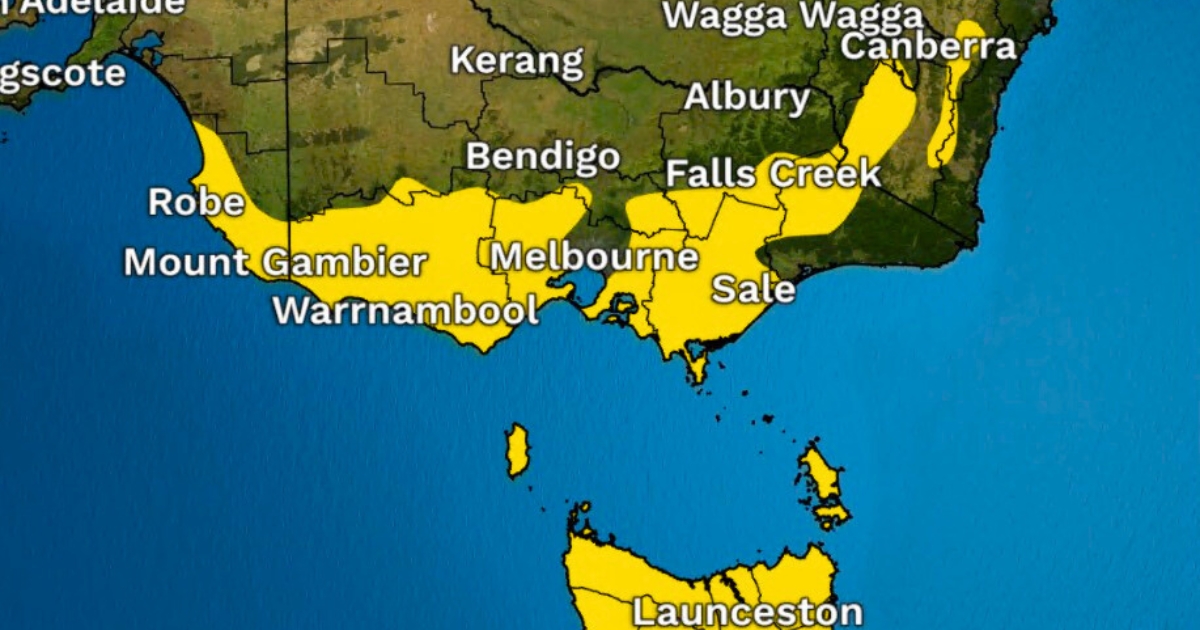Rare beauty found hiding in Victoria Park

Flora found: The extremely rare plant Dianella amoena commonly called Matted Flax-lily has been discovered growing in Ballarat’s Victoria Park. Photo: JOHN ENGLART/ FLICKR
ALONGSIDE the grand avenues of European trees – Oaks, Elms, Planes and Cedars – planted on the 130 hectares of Ballarat’s Victoria Park in 1890 is significant indigenous grass land that has been left untouched.
Luckily the lack of mowing has led to the discovery of an extremely rare native plant – the dianella amoena commonly referred to as the matted flax-lily.
The plant was found, and logged on the endangered species register, by the City of Ballarat’s Parks and Gardens team, while undertaking a floral survey of the Victoria Park grass lands.
As the name suggests it is a tufted, matforming perennial lily with fragrant flowers with reflexed petals that vary from pale blue to violet blue and are found on branched stems 20 to 30cm tall.
The matted flax-lily is only found in Victoria, where an estimated 2100 plants were known growing at 120 locations in 2010.
At that time the Victorian Government’s Department of Sustainability and Environment formulated a National Recovery Plan to minimise the probability of extinction in the wild and to increase the probability of populations becoming self-sustaining in the long term.
Plants on private land or roadsides are at risk from urban development and changing agricultural practices, whereas public parks like Victoria Park play a vital role in the longterm survival of the matted flax-lily.
The City of Ballarat – in partnership with the Department of Environment Land Water and Planning -has an active Vegetation Management Plan in place which will protect the newfound species, through targeted weed control, elimination of mowing to allow seed set and dispersal, and periodic burning to reduce exotic weed competition and surrounding biomass.
“The Victoria Park native grasslands are unique in that they showcase a broad indigenous plant diversity, in an accessible central city location, where over 70 indigenous plant species have been recorded,” said mayor Cr Samantha McIntosh.


















